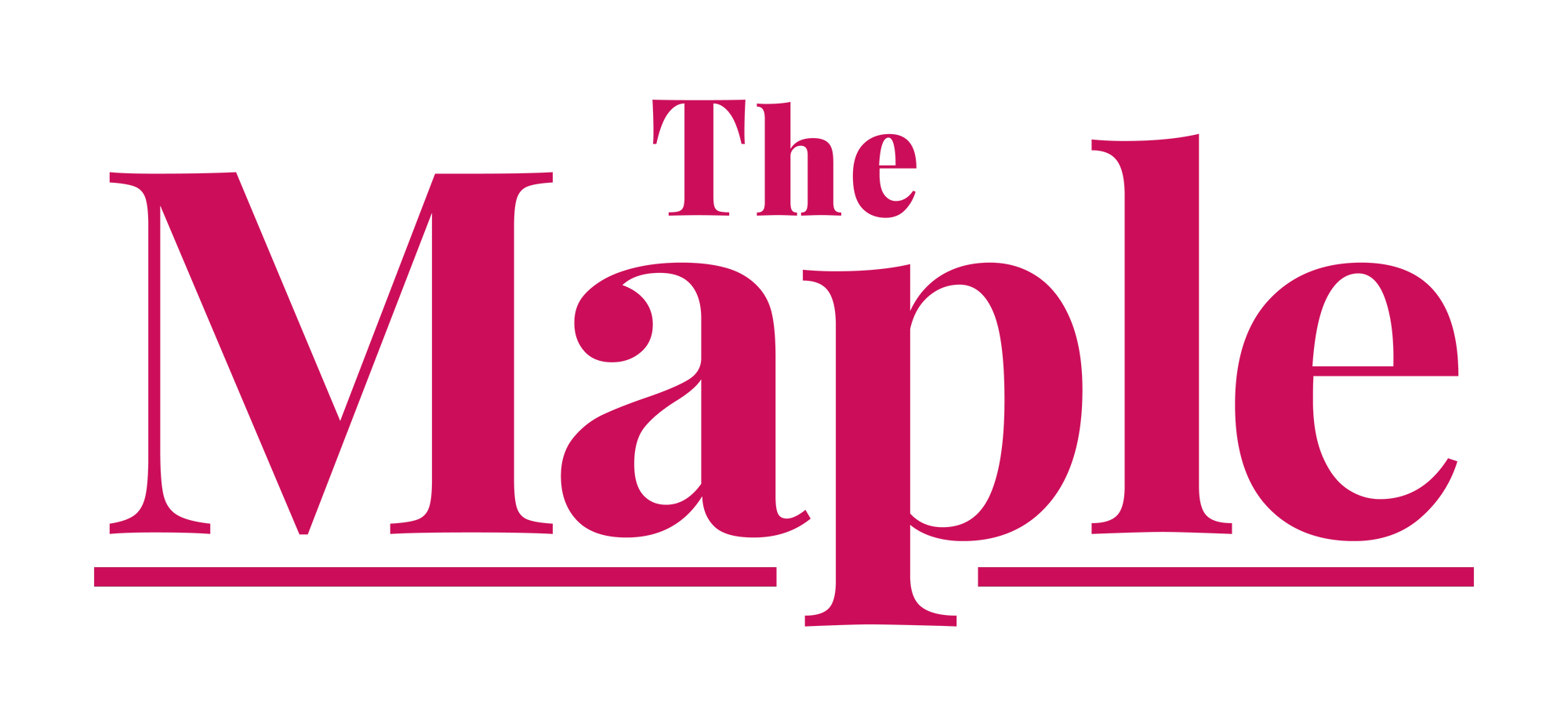
Last month, Statistics Canada released an interesting study examining poverty and earnings among gender-diverse populations that seems to have gone largely ignored.
The article, “Socioeconomic outcomes of transgender and non-binary people in Canada,” uses 2021 Census data to compare the poverty rates and earnings of transgender men, transgender women and non-binary people to cisgender men and women.
Overall, the findings paint a troubling picture. Gender-diverse people in Canada face much worse socioeconomic outcomes, including higher rates of poverty and lower employment earnings, than their cisgender peers.
While there have been notable advances promoting and protecting the rights of gender-diverse populations in recent years, socioeconomic inequalities remain.
As StatCan’s study points out, in 2017 the Canadian Human Rights Act and the Criminal Code were both amended to protect people from hate and discrimination based on gender identity and gender expression. As well, social attitudes and cultural norms have generally changed in a progressive direction.
At the same time, right-wing backlash and anti-trans hate are prevalent, with several provincial governments either passing or considering legislation to limit the rights of gender-diverse youth. And as this recent StatCan study makes clear, economic inequality and socioeconomic exclusion based on gender identity and expression also remain pressing issues.
Prior to StatCan’s recent release, there was limited research in Canada on the economic characteristics of gender-diverse people. This is because it was difficult if not impossible to produce reliable data owing to this population’s small size. Modifications to questions related to gender in the 2021 Census changed this and it now allows the production of more detailed data about trans and non-binary people.
Here are some of the findings from the study.
Transgender and non-binary people are considerably younger than their cisgender counterparts. Among those aged 18 years and older in 2021, the average ages of non-binary people, transgender men, and transgender women, were 31.8, 38, and 45.1 years, respectively. Cisgender men and cisgender women averaged 49.4 and 50.4 years of age, by comparison.
This is likely a reflection of changing cultural norms. As social attitudes toward gender-diverse people have changed, younger populations may be more likely to express their preferred gender identity.
However, to eliminate the effect of age dynamics on the socioeconomic data, the study uses an age standardization method. In other words, the study is able to show that it is trans or non-binary identity that explains the differences in poverty rates and earnings, rather than age.
Additionally, the 2021 Census was conducted during the pandemic when younger workers were more likely than older workers to lose their jobs. By extension, pandemic-related job loss disproportionately impacted transgender and non-binary workers. Controlling for age thus helps to clarify the impact of gender diversity on poverty and income.
When it comes to work and employment, the disadvantages faced by gender-diverse people are stark.
Overall, gender-diverse people worked fewer hours and in lower-wage occupations than cisgender men. In particular, the former were much less likely to work on a full-time or full-year basis. Whereas more than 40 per cent of cisgender men reported full-time, full-year work, only 31.4 per cent of non-binary people, 30.5 per cent of transgender men and 25.7 per cent of transgender women did so. Interestingly, the figure was 30.8 per cent for cisgender women — better than both categories of trans people, but falling behind both cis men and non-binary people.
At the same time, non-binary people were also the most likely to report working on a part-time and/or part-year basis (36.7 per cent). The share of non-binary people who worked both part-time and part-year (14.7 per cent) was about twice as high as cisgender men (7.4 per cent), and higher than all other groups.
Yet, even when gender-diverse people were in full-time, full-year work, they earned less than their cisgender counterparts and were more likely to be living in poverty.
Relatedly, gender-diverse people were more concentrated in low-wage occupations, such as in sales and services. For example, 29.1 per cent of transgender women, 28.1 per cent of cisgender women, 27.5 per cent of transgender men and 23.5 per cent of non-binary people worked in sales and service occupations in 2020. By contrast, 20.2 per cent of cisgender men were in such jobs.
According to StatCan, gender-diverse employees aged 25-64 earned only $0.91 for every dollar earned by cisgender employees in 2020, despite being more likely to hold a bachelor’s degree or higher.
Earnings gaps between each group of gender-diverse people and cisgender men were also considerable. Among full-time and part-time employees, transgender women earned 26.1 per cent less than cisgender men, while non-binary people and trans men earned 14.2 per cent and 13.2 per cent less than cis men, respectively.
In 2020, cisgender men had the highest average annual earnings at $81,900, while transgender women had the lowest at $64,300. Transgender men ($68,900), cisgender women ($67,800) and non-binary people ($66,000) also all fell below the cis male average.
As a further indicator of social exclusion, gender-diverse youth were more likely than their cis counterparts to be not in employment, education or training (NEET). Youth who are neither in school or in work are more likely to face long-term challenges related to poverty and earnings.
Overall, 16.8 per cent of youth aged 20-29 were NEET in 2021 (16.8 per cent of cisgender men and 16.7 per cent of cisgender women). By contrast, 24.1 per cent of transgender young men and 22.4 per cent of non-binary youth were in this category. Meanwhile, 30.8 per cent of transgender young women were NEET.
Employment and other disadvantages combine to leave far higher shares of gender-diverse people living in poverty. According to the 2021 Census data, 11.1 per cent of transgender women and 10.5 per cent of transgender men lived in poverty. Non-binary people were most likely to be living in poverty, at a rate of 17.8 per cent, more than double the national poverty rate of 7 per cent.
Keep in mind that these figures control for both age and educational attainment. In other words, higher poverty is not explained by gender-diverse people being on average younger or less educated than their cisgender counterparts. In fact, at every level of education (high school, trade certificate, college and or bachelor’s degree or higher), poverty among the gender-diverse far outpaces the cisgender population.
It’s also important to remember that these statistics were gathered during 2020, when COVID-19 government programs reduced poverty overall. It’s difficult to estimate whether these cash benefits widened or narrowed the poverty gap between cis and gender-diverse peoples, and StatCan’s study doesn’t offer any consideration of their potentially disparate impacts.
Gender-diverse populations are also more likely to experience other personal challenges and social exclusions.
For example, they experience higher instances of poor mental health and physical or sexual assault, both of which are associated with negative socioeconomic outcomes.
As well, disability rates are considerably higher among gender-diverse people. Among those 18 years of age and older, 38.5 per cent of transgender men and women were persons with disabilities in the study year, compared to 27.1 per cent of cisgender men and women. At 81.9 per cent, the disability rate among non-binary people was three times that of their cisgender counterparts.
An additional factor contributing to transgender and non-binary peoples’ socioeconomic challenges was living arrangements. According to the Census data, cisgender people were more likely to live in a married or common-law couple, and thus combine incomes. By contrast, gender-diverse people were more likely to live with roommates, relatives or alone. Non-binary people, in particular, were more than twice as likely as other groups to live alone.
Overall, StatCan’s study provides an alarming look at the socioeconomic inequalities faced by gender-diverse people in Canada. It should serve as a further urgent wake-up call about the need to address poverty, inequality and social exclusion based on gender identity and expression.
Unions and labour organizations have a central role to play in fighting back.
In particular, discrimination at work likely contributes in a myriad of ways to holding trans and non-binary workers back. Gender-diverse people may prioritize acceptance at work over other factors, thus curtailing their employment opportunities and contributing to low earnings and limited opportunities.
Labour must champion the rights of the gender-diverse and work to eliminate discrimination and inequality. As in struggles for racial and gender equality, worker solidarity is the most potent weapon.
Recent Class Struggle Issues
- November 17 | The CAQ Forced An End To Montreal’s Transit Strike
- November 10 | Employment Inequalities Will Persist Until More Industries Unionize
- November 3 | Alberta Forcing Teachers Back To Work Is A Historic Loss
- October 27 | CIRB Rules Against Canada Post Union’s Back-To-Work Challenge







